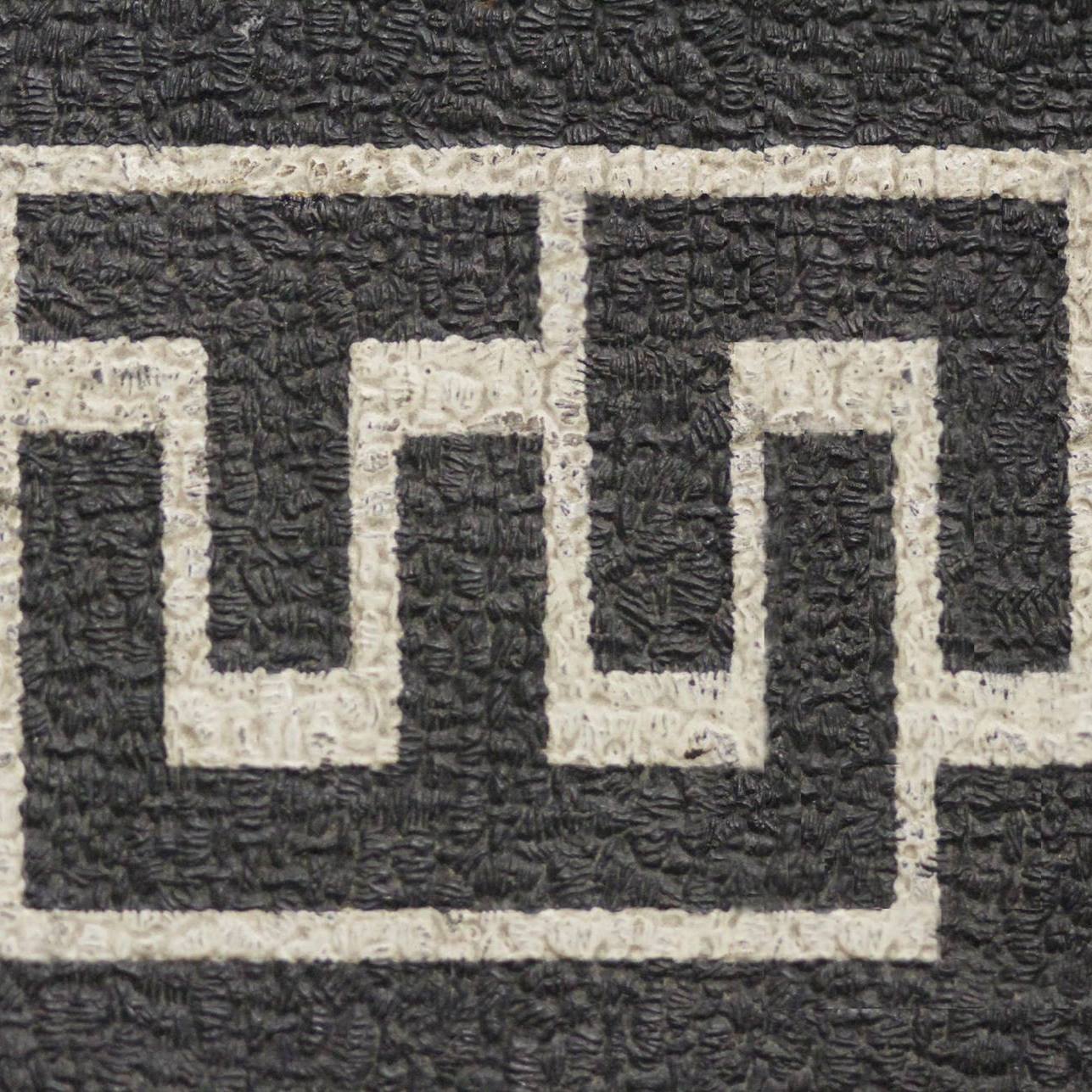
The spatialization of audio sources allows for the utilization of entirely different compositional methods. A few are illustrated below. Please contact us with any additional concepts to include here.
Guides for building spatial audio compositions using GPS or AR positional tracking are linked from the homepage.
Distance-based Effects
The calculated distance between a user and a sound can be adapted to control audio effects at different amounts depending on user proximity to the sound. In addition, proximity among a user and other, inaudible objects throughout a scene allows the ability to build planes of morphing effects for each individual sound. This can be controlled via Unity's effects, or by doubling a sound and inverting it's volume over distance, as seen in our guides.
Spatially Generative Music
Regular randomization of sound locations in a predefined spatial range affects what a listener hears at different times and places, and may never be the same twice, making the pieces spatially generative.
Spatial Progressions
The movement of sound sources through a listener's location can play any melodic progression. Here, circular movement arranges four chords into a chord progression. The video then shows additional movement patterns.
Additive Chords
Complex sounds, like chords, can gradually build and decompose. Here see how the placement of various notes allows two chords to build spatially toward each other.
Spatial Oscillation
When moving a sound source back and forth over space, you can create a sense of spatial oscillation depending on the listener's position. Here, hear how the sound becomes perceived at faster and faster intervals as the listener moves toward the center. When heard spatially, this movement also appears to pan back and forth, depending on their orientation.
Spatial Triggers
You can also use space as a trigger, so that, instead of indefinitely looping sounds, they begin or end when entering a space. See here how the sound begins playing only once the user discovers it by entering the space. You can imagine this same technique also triggering individual notes over space, effectively controlling the playback speed of a melody based on a user's physical speed.
Head-Locked Sounds
Head-locked sounds are sounds that follow a user's position and orientation, either directly beside them or, as seen here, rotating around them. No matter where the listener goes or how they face, they will hear the sounds in the same place. Head-locking sounds can do interesting things, allowing you to combine traditional temporal composition with the benefits of spatial composition, and again, compose in entirely unique ways.
Contact us:
tcw@tcwav.com.
Sonic MC Brien; Vector Manne-Marie